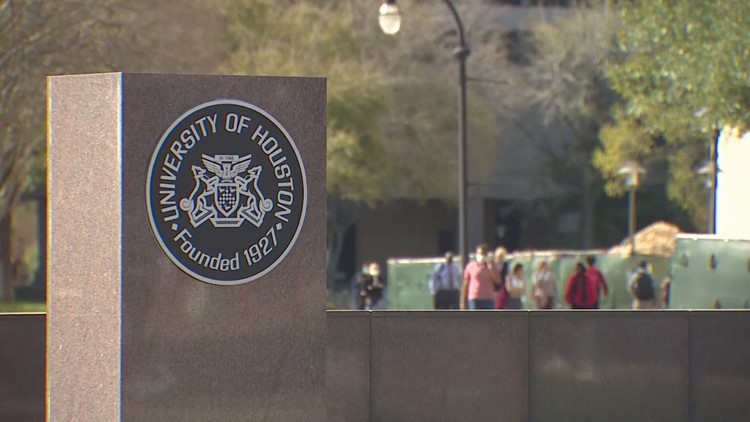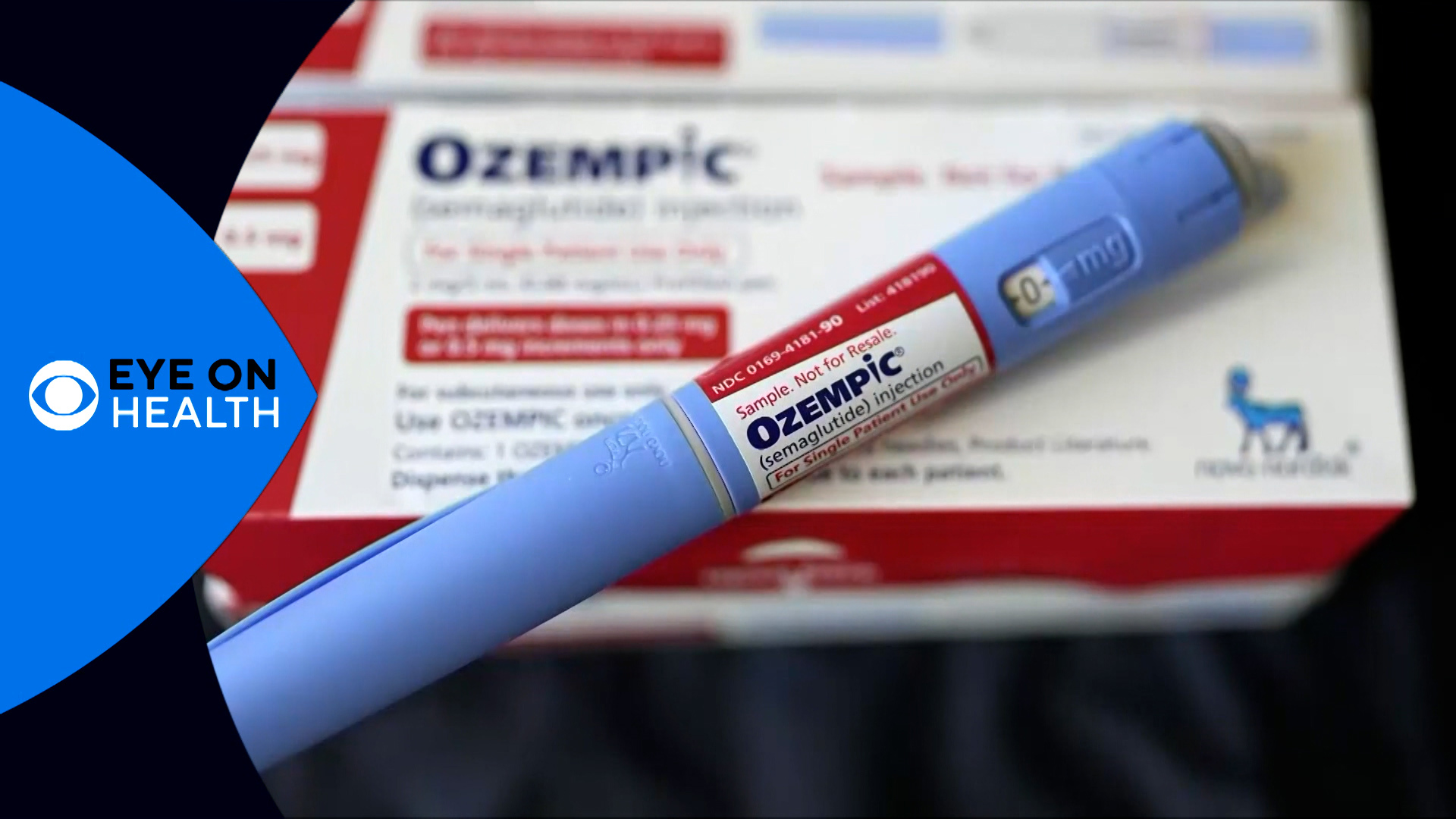HOUSTON — A new way to detect cancer with a simple blood test has a 98.7% accuracy rate, according to the University of Houston.
It works by counting the number of small -- and we mean small, as they're measured in nanometers -- membrane sacks called extracellular vesicles (EVs) that carry various "cargo," like proteins and nucleic acids. Just by looking at the number of these EVs and their cargo, researcher Wei-Chuan Shih, an electrical and computer engineering professor, and his team were able to differentiate between healthy and cancerous samples.
"With further optimization, our approach may be a useful tool for cancer detection screening in particular and provide insights into the biology of cancer and small EVs," Shih said.
The new method combines a method Shih previously researched with fluorescent imaging.
“The findings came from combining two imaging methods – our previously developed method PANORAMA and imaging of fluorescence emitted by small EVs—to visualize and count small EVs, determine their size and analyze their cargo," Shih said in the Nature Communications Medicine journal.
Shih's research was supported by the National Institutes of Health. The University of Houston said this method could help doctors detect cancer early and improve treatment.



